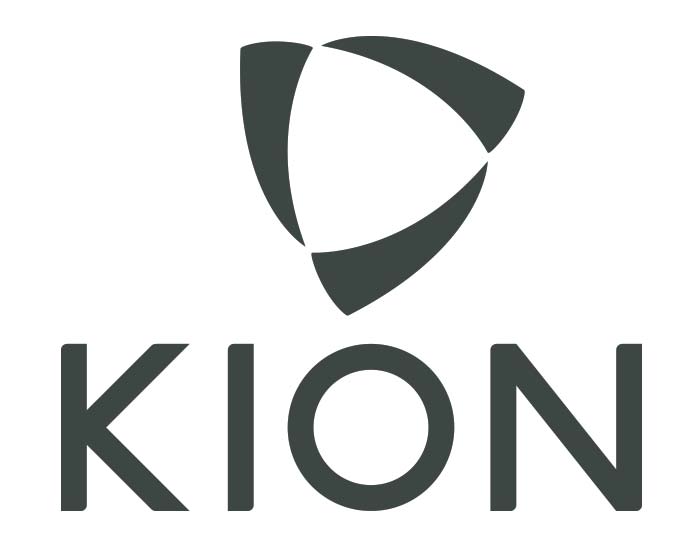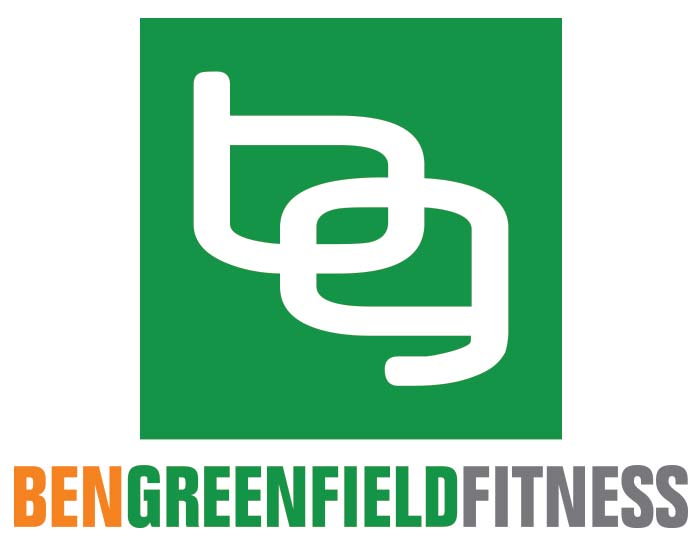5 Ab Revealing Tips
An article in the New York Times described a phrase called “unit bias”. Unit bias is defined as an individual’s tendency to take whatever “unit” or “portion” of food they are served, and consider this a standard sized meal.
What this means is that if you purchase a container of yogurt at the grocery store, you’re most likely to eat the entire container because you consider this a meal. Or if the typical person receives a plate of food at a restaurant, they are likely to think of this as a standard serving, and consume the entire plate. Or, if a soda is purchased at a fast food restaurant and comes in a 20oz cup, most of us will drink the entire cup. This is because we take our eating cues from culture norms. So if the culture norm is large we will eat large.
For instance, take yourself back to that yogurt container. A container of yogurt in a French supermarket is half the size of
its American counterpart. France, incidentally, has significantly less obesity problems than America. And we all know that portion sizes in restaurants have only increased in the past decade (taken a look at a “healthy” restaurant salad lately), as have the size of soda bottles (the 20oz bottle is now more prevalent than the 12oz can).
As portion sizes have increased, so have our waistlines. The “unit bias” argument says that we do this because we tend to accept a culturally defined serving size as what a normal quantity to eat. So what are some practical ways you can fight unit bias? Here are 5 key portion control tips that will help you to burn through that storage fat on your stomach and reveal your waistline…
- Modify your order at a restaurant. Ask the kitchen to bring you “half” the normal portion size, and package the other half in a box for you to take home. Or order from the lunch entree menu rather than the dinner entree menu.
- Purchase smaller versions of any packaged foods that you eat. For instance, if you must consume processed or packaged foods, choose a can of soda over of a bottle, pick the smallest baked good at the coffee shop, and buy the “mini” versions of any candy or snack bars, when available.
- Use smaller measuring devices. When cooking at home, choose a teaspoon over a tablespoon or a small measuring cup over a large measuring cup, whether adding sugar, chocolate chips, molasses, or any other high calorie ingredient to a recipe.
- Never eat out of the package. For instance, when consuming potato chips, take your serving of chips out of the bag and put them in a small plate or bowl. You’ll be more aware of how many you’re eating, and the serving will appear larger. Avoid food combining. For instance, at the company potluck, pick “just fruit” or “just meat” or “just pasta”, and consume only those types of foods. You’re likely to eat less, and pile less on your plate.
That’s all for now! If you want more nutritional advice, you may want to look into a nutritional analysis from Pacific Elite
Fitness. You’re required to keep a 3 day log of your exact dietary habits, and a diet and fitness expert then analyzes your
nutrition to identify changes, substitutions, and habits that will help you adopt healthier eating patterns. This can make a
huge difference in achieving your goals more efficiently. To get started today, visit http://www.pacificfit.net/fitness.html and click on Nutritional Consultation.
Ben Greenfield
M.S. PE, NSCA-CPT, CSCS


 The mission of Greenfield Fitness Systems is to give you everything you need to achieve amazing feats of physical and mental performance without destroying your body and mind. Under the direction of world renowned fitness expert Ben Greenfield, we combine cutting-edge science, holistic nutrients, self-quantification, biohacking, and strategies straight from the trenches to provide you with every plan, supplement, food, tool, test, and solution to bring you to the next level - whether you want to do an Ironman triathlon or just shed a few pounds.
The mission of Greenfield Fitness Systems is to give you everything you need to achieve amazing feats of physical and mental performance without destroying your body and mind. Under the direction of world renowned fitness expert Ben Greenfield, we combine cutting-edge science, holistic nutrients, self-quantification, biohacking, and strategies straight from the trenches to provide you with every plan, supplement, food, tool, test, and solution to bring you to the next level - whether you want to do an Ironman triathlon or just shed a few pounds.

No comments yet.